The dream of the 90s is alive with Kodak Ultramax 400. I actually get rather nostalgic for consumer grade films that were available when I was growing up in the 1990s and 2000s. The results, as in the general look of the photographs that I get from these films is reminiscent of when I really started to enjoy photography for photography’s sake. The colours, the relationship between the shadows and highlights its there, and just nice and still can’t really be captured in the perfect world of digital.
The rise of digital photography in the early 2000s was catastrophic for Kodak, leading to their collapse. This resulted in a significant reduction in film stock for all film manufacturers. Kodak’s popular Kodak Gold line of negative films, including Gold 400, was a major source of revenue for the company. The production of this film stock spanned from 1997 to 2007, but its origins can be traced back to earlier versions.

To replace Gold 400, Kodak released Ultramax 400 in 2007, which has been in production in 135 (35mm) format ever since. This film has become one of the most widely distributed consumer negative films for Kodak.
Kodak Ultramax 400 is a general-purpose consumer film with a box speed of ISO 400 (270). It is a daylight balanced colour negative film that is DX coded, allowing auto exposure cameras to automatically adjust to ISO 400.
Kodak Ultramax is camera film made for consumers. It is a 400 speed C-41 consumer film sold under various names such as Max or Ultramax. It is sharp, reasonably high saturated and versatile in a plethora of lighting conditions and very forgiving. There is a big difference between sharpness and detail in photography. Often, consumer grade films tend to crush the blacks and have a high contrast to look and print sharp, but loose detail in the process. Ultramax does this to an extent, but not as much as say Kodak Gold. So, it is a nice balance and can, and was used for some professional work. Enlarged, it actually holds up very well because of a fine grain structure.
Indeed, it is standout feature of this film is its grain structure. While some films can produce a noticeable amount of grain, Kodak Ultramax 400 is known for its fine grain structure, which helps to produce sharp and clear images.

Kodak Ultramax 400 Film is an uncomplicated and user-friendly high-speed film that is tailored to the needs of casual photographers. With Ultramax 400, you have the versatility to capture consistently better photos in a variety of shooting conditions, including low-light environments where it excels at minimising underexposures, zoom lenses for better results, increased flash range, sharper “stop-action” shots, and reduced camera shake.

I had a great day out with Kodak Ultramax
On a bright, beautiful autumn day I took out my new Leica M-A (more on that in another review) and shot the Sunny 16 rule with Ultramax in the camera. I just snapped away and got some good exposures. I really enjoyed the contrast between the vibrant colours. Being a daylight balanced film, it was in its element out at Mt Lofty Botanical Gardens and Hahndorf SA.

Furthermore, even when enlarged Ultramax maintains excellent sharpness and a fine grain structure, producing clear and crisp pictures. Its advanced colour precision technology ensures consistently bright and vibrant colours, including accurate skin-tone reproduction for lifelike portraits.

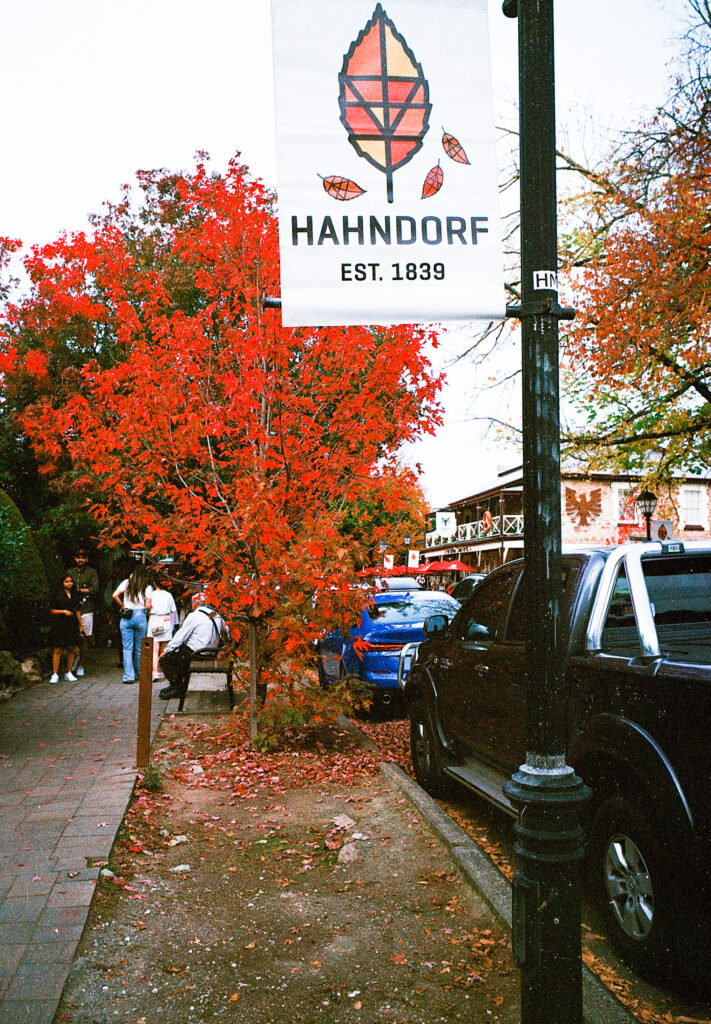

One of the notable features of Kodak Ultramax 400 is its exposure latitude, which refers to the film’s ability to handle overexposure or underexposure without significantly affecting the quality of the image. This feature makes it easier for photographers to use the film in different lighting conditions and still achieve excellent results. This to me offered a lot of versatility in editing.
I scanned a 8 megapixel equivalent as a TIFF and brought my images into Lightroom. This can be where films fall over. You see if they have lost details in underexposed shadows or blown out highlights. But not Ultramax. As you can see the recoverability in post with this film is great. Lost of latitude for editing. And, zooming in the film holds up the details.
Upon scanning the results, the grain on Kodak Ultramax 400 is noticeable and more prominent compared to ultra-fine films such as Ektar. However, the details are still clear and well-defined, and the color transitions are captured smoothly and with reasonable subtlety.
In terms of underexposure, I reckon that Ultramax 400 can tolerate up to approximately 2-3 stops without significant issues, but darker areas become muddy at this level. When underexposed beyond 4 stops, highlights start to deteriorate considerably.

Kodak Ultramax 400 is an affordable option compared to other films on the market, making it a great choice for photographers on a budget. Despite its lower price, this film still delivers high-quality results and is widely used by both amateur and professional photographers. It is a good film to just have fun with.
Because this film was fun, easy and just got the job done I can see the value in this film when I just want to document an occasion and enjoy the moment without making photography the focus.

Kodak Ultramax 400 is a highly versatile film that can be used in a variety of lighting situations. It has a medium sensitivity of ISO 400, which means that it can capture high-quality images in both low-light and bright conditions. Whether you are shooting indoors or outdoors, this film can produce consistent and vivid colors with a fine grain structure.
Overall, if you’re looking for a versatile, reliable, and affordable camera film, Kodak Ultramax 400 is definitely worth considering. With its fine grain structure, consistent results, and vivid colours, this film is a great choice for both amateur and professional photographers alike.













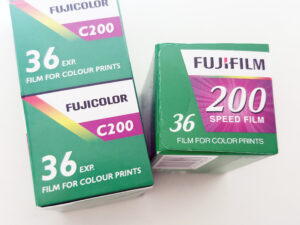






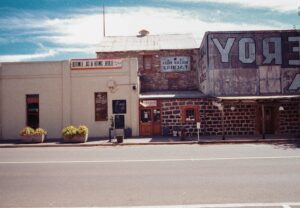













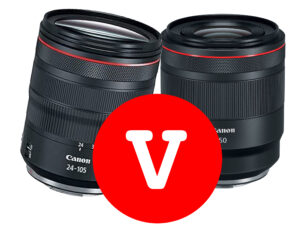

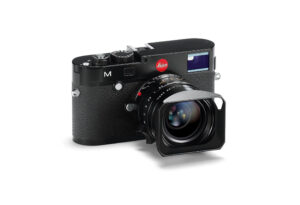


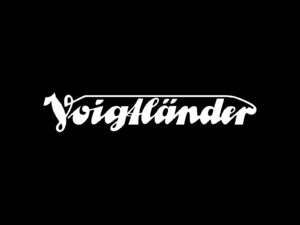






























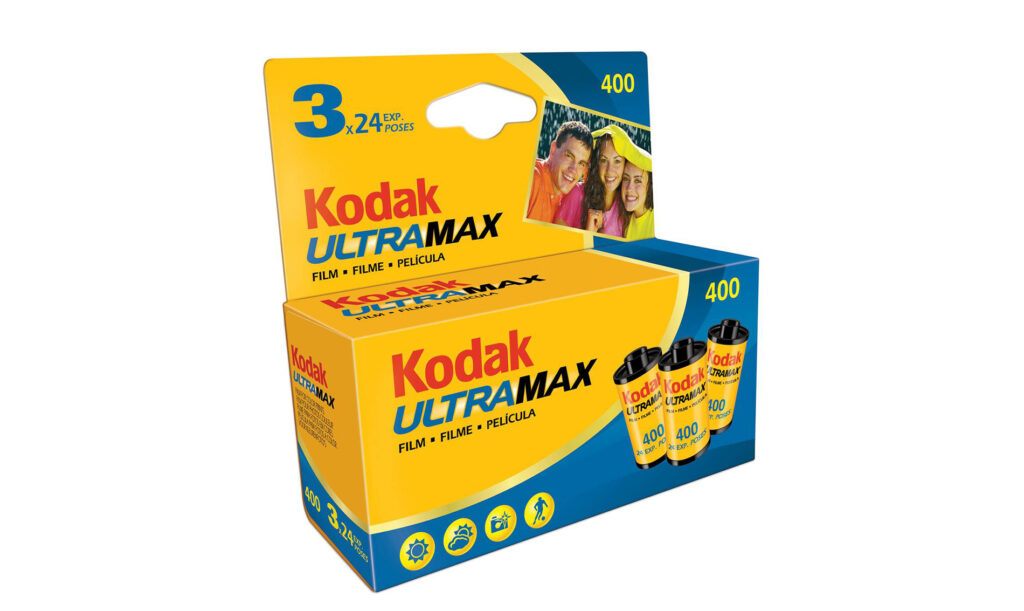

One Response
I bought a Kodak Ultra Max 400, 24 exposure 3-pack for $7.00 at Walmart cause they were closing & they had a few more, I regret not buying all of them cause right now for that same 3-pack is $27.00, $20 dollars more!?